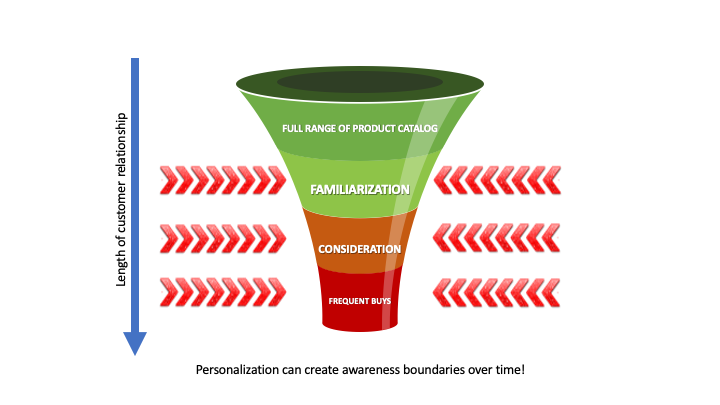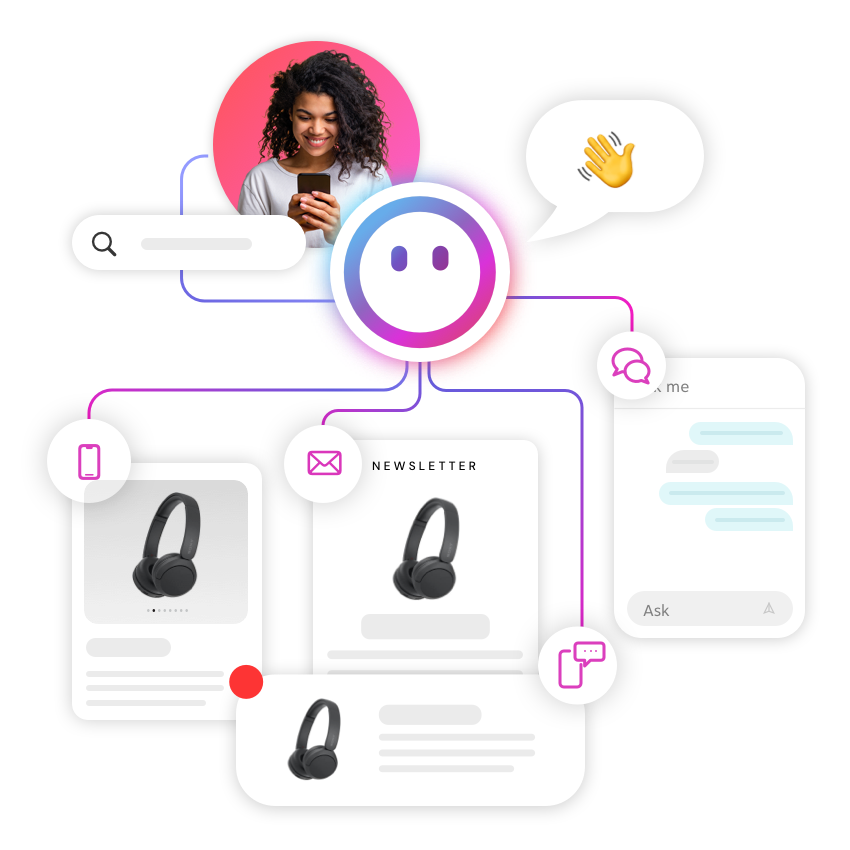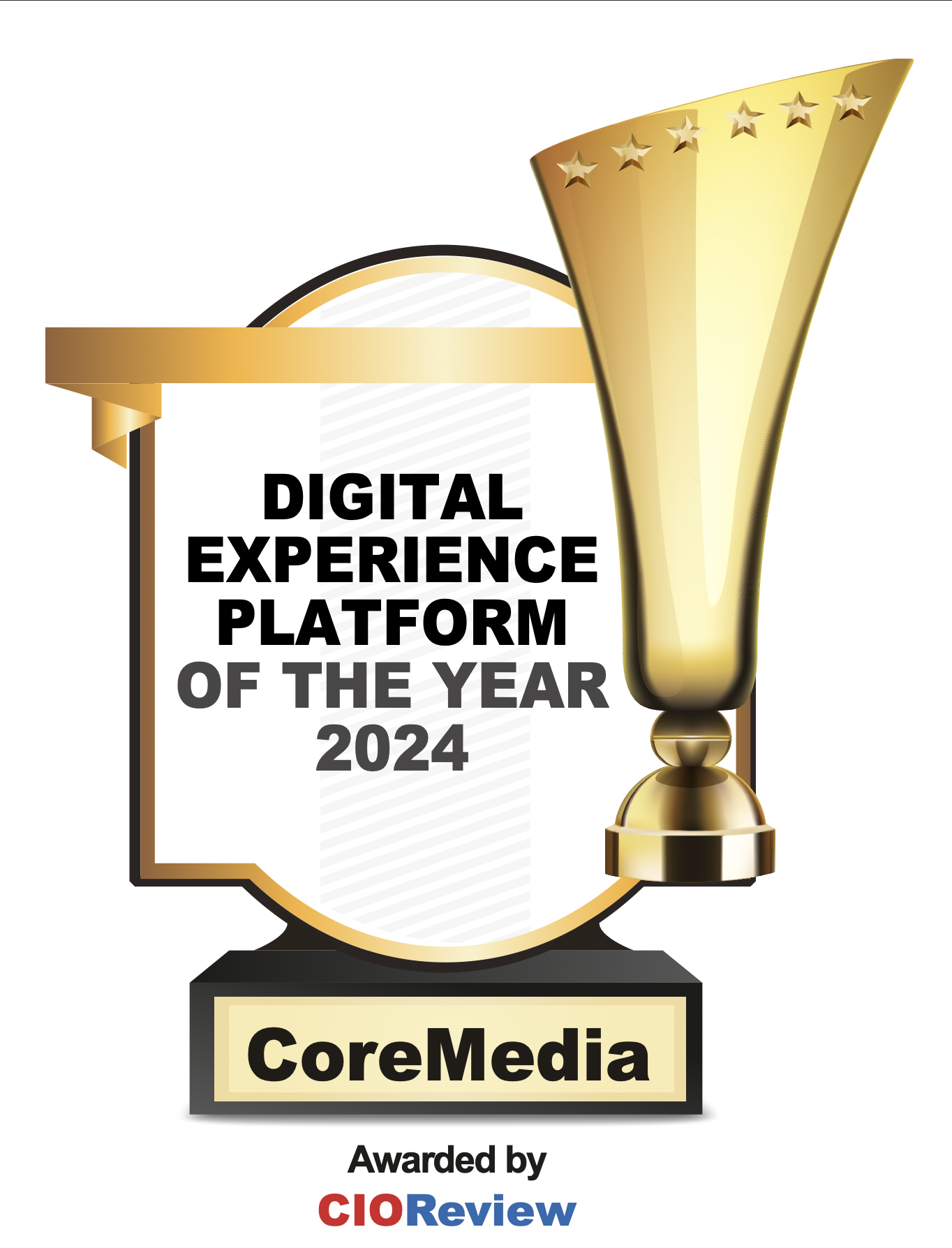Personalization is a powerful tool to help your customers to find their relevant content quickly and efficiently. But what is the relevant content? This conclusion is often drawn by contextual and historic data of the customer. For example, if a retailer observes that a female customer is regularly purchasing athletic apparel, the conclusion is often to show even more athletic apparel.
Other retailers with advanced personalization strategies also include similar data considering look-a-like groups or segmentation in any kind of fashion. In the end, the situation is often that the end-customers see more and more of the same. This can be a time-saver for the end-customer, finding the same products and the same content quickly, but how many different types of shirts does someone need?
The Shopping Persona
The topic of shopping persona comes to mind - from persona that shop frequently on a specific topic for themselves or others to occasional shoppers that seem to have no pattern for when they buy, what they buy, and at what price. It’s hard to define relevant content for each and every one. Segmentation based on past buying behavior seems to be the best fit for starting a personalization strategy. Retailers use this strategy to promote similar products of the same category or the same collection the next time the user browses through the storefront. It’s a great way of making it easy for a shopper to select the targeted product, find relevant add-ons for the picked products, and shorten the time to check-out.
But this topic-focused strategy can have one major downside if overused: The retailer may narrow the set of promoted products too much based on gathered information, hiding the full breadth of their product portfolio. You might have had a similar experience as I recently had: I was looking for a present for my two young nieces. Both are in school and lost interest studying English, so I was looking for a few books or comics to make English fun to learn. My comic years are way in the past, so I had to do some research across multiple vendors for several days to find the right books. Admittedly, along the way, I got curious and looked from one site to another, taking a sneak peek into a lot of different kid-friendly material – I had fun! I spent a few days on this hunt, and I left quite a big data footprint with my frequent online bookstores. A few days later, I was looking for a new read for myself – but I was targeted only with books for children. Gone were my usual preferences for true-crime and thriller stories. I started from scratch again to find books for myself, browsing through the categories, instead of being greeted with meaningful suggestions. I was almost annoyed because it took a lot of time to clean out the footprint for the children’s books and bring it back to my original state.
What happened here? The personalization engine was leveraging my recent interest and overly weighted these topics, long after I made my purchase. The concept is great to go down the funnel when you are searching, but it doesn't provide a good exit strategy - so to speak "to close one book and open another".
Graphic Personalization

Figure 1: One-sided or inflexible personalization strategies can have negative side effects, such as a perceived reduction in the breath of the product catalog, if the personalization focuses the customer too much on one category or their set of regularly purchased items.
This is a pitfall retailers can fall into when starting with personalization: narrowing down the content that is used to target me specifically, which over time almost leaves the impression that the retailer only focuses on one specific product category or service. The customer gets targeted with so much of the same, it becomes easy to overlook the other products in the retailer’s portfolio. A big opportunity is lost when the customer is looking for items other than their usual purchase.
Avoiding Pitfalls
How can retailers overcome this issue? Here are a few suggestions:
- Allow your customers to shop incognito. Even though they might be logged in (e.g., for the purpose of creating a wish list or leveraging their preferred payment data), it doesn’t always mean that they regularly shop like that. Allow them to easily opt-out of counting these activities and purchases in their shopping profile.
- Offer random recommendations. Remember the “I’m feeling lucky” option from Google? This option was a nice way to find content you didn’t know you were interested in. True, you might have been bored and were looking to pass some time. But often enough, you found something interesting, didn’t you? The idea can also be applied to shopping. If a customer is stuck in the funnel of personalization, allow him exits with something different, e.g., add a section on your homepage that is more inspirational and is weighted on the interest of all your shoppers or a complementary segment.
- Enhance dynamically generated product listings with manually curated items. These can be story-telling pages or completely unrelated products. How about a teaser on “How to clean your grill” in a product listing of outdoor patio sunscreens? Or a promotion for a specific BBQ grill that is currently on sale?
- Offer dynamic collections that list insights into what other people purchased. These could include a listing showing what was purchased in the last five minutes - of course, without the information on who bought it.
These tricks will allow your customers to explore more of your product portfolio, while also potentially strengthening your relationship with them.
Privacy and Personalization
Many people are very aware of what is behind the magic of personalization: Collected data! Collected private data! Allowing customers these personalization exits by not targeting them to the extreme can help to establish and maintain trust while protecting their privacy.
Let me give you another example: Do you share shopping accounts with your significant other? Or the family in general? Ever had the situation where you were shopping for a gift, bought it – even remembered to not put it on the shared credit card - but your spouse knew about it anyway? Well, in this case, maybe he or she noticed a change in recommended products after your purchase and put two and two together. I’m sure the gift was still well-received, but I think you can see how this situation can also backfire.
The Case for a Personalization Strategy
Retailers can do many things to balance the benefits of personalized content without experiencing the drawbacks. It’s not about condemning personalization – it’s about making the most of it. It’s about creating a strong bond between you and your customers that’s not reduced to one specific product or one specific category.
All in all, personalization is a complicated topic, and it has a lot of pitfalls. Retailers need to develop a tailored strategy for their specific customers. The best way to do this is to constantly measure success, calculating external factors and unforeseen influences (I’m sure everyone learned that after 2020). Based on this data, you can decide which personalization strategies work, and which don’t.
Remember, though, to give your customers personalization exit strategies to allow them to explore your whole product catalog and not be caught in a perceived small section.
If you are interested to see how CoreMedia Content Cloud can help you to create personalized and non-personalized content quickly and efficiently reach out to us!








